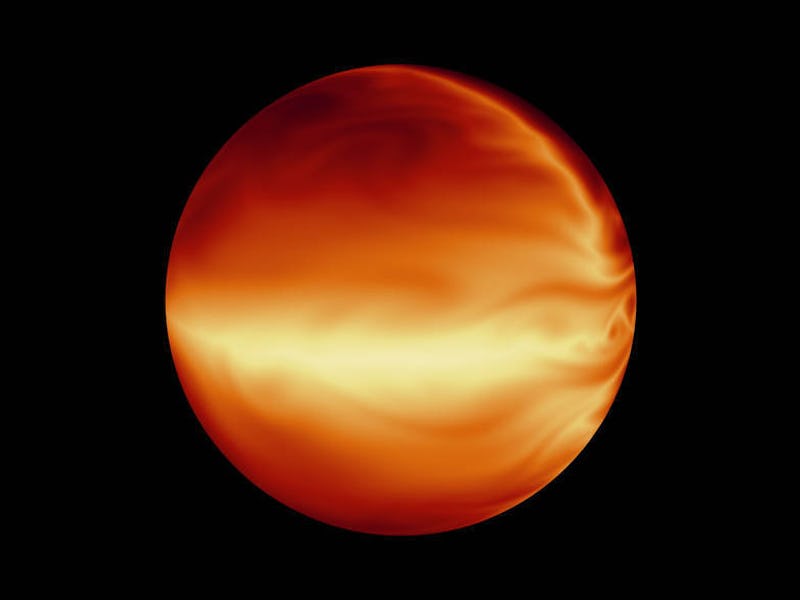Scientists Find 60 Jupiters That are Smolderingly Close to Their Stars
The gas giants orbit insanely close to their stars.

Scientists discovered 60 Jupiter-like planets orbiting so close to their stars that they’re smoldering.
It takes Jupiter 12 years to orbit the sun, because it lives over 480 million miles away, comfortably distant from the sun’s searing heat. But these 60 gas giants take just a week to orbit their respective stars, living lives under incessant solar siege.
Yale scientists developed a unique method for sleuthing out these alien worlds, building a “supervised machine learning program” that became adept at parsing through observations of 140,000 stars systems made by NASA’s Kepler Telescope, which is so far responsible for identifying over 4,500 extrasolar worlds.
Kepler typically detects planets by staring at a star and watching for temporary and slight dips in brightness. These dips are telltale signs of planets passing in front the star and obstructing some starlight.
To find these 60 searing planets, the scientists, whose research has been accepted for publication in the Astronomical Journal, looked at the starlight reflected off of the gas giants to identify their existence. This is a challenging endeavor because distinguishing such far-off light reflection next to a radiant star mean detecting incredibly faint and specific light signals. The researcher’s learning machine, however, was given over 100,000 star systems to decipher, growing smarter and more able to identify each planet’s “star shine.”
A hot Jupiter in different stages of orbit around its star, demonstrating the varying amounts of reflected starlight, which are dependent on one's vantage point.
“It’s amazing how the latest techniques in machine learning, compounded with high-performance computing, are allowing us to mine classic data sets for extraordinary discoveries,” said exoplanet researcher Greg Laughlin, a co-author of the report.
So far, the Kepler telescope has identified over 4,500 planetary candidates, of which nearly 2,500 have been confirmed. As of now, the 60 hot Jupiters are considered worthy planetary candidates, awaiting final confirmation.
The reflected light signals don’t just prove that these planets exist, they provide insight into the planets’ clouds, winds, and temperatures. If the planets have anything in common with Jupiter — besides their status as gas giants — they’ll be worlds comprised of violent, swirling cyclones.